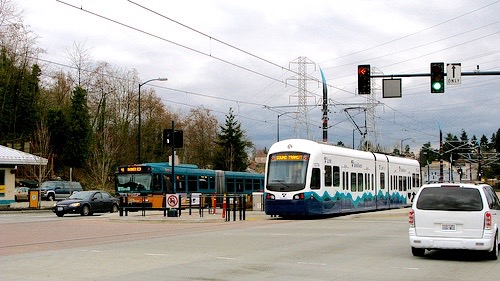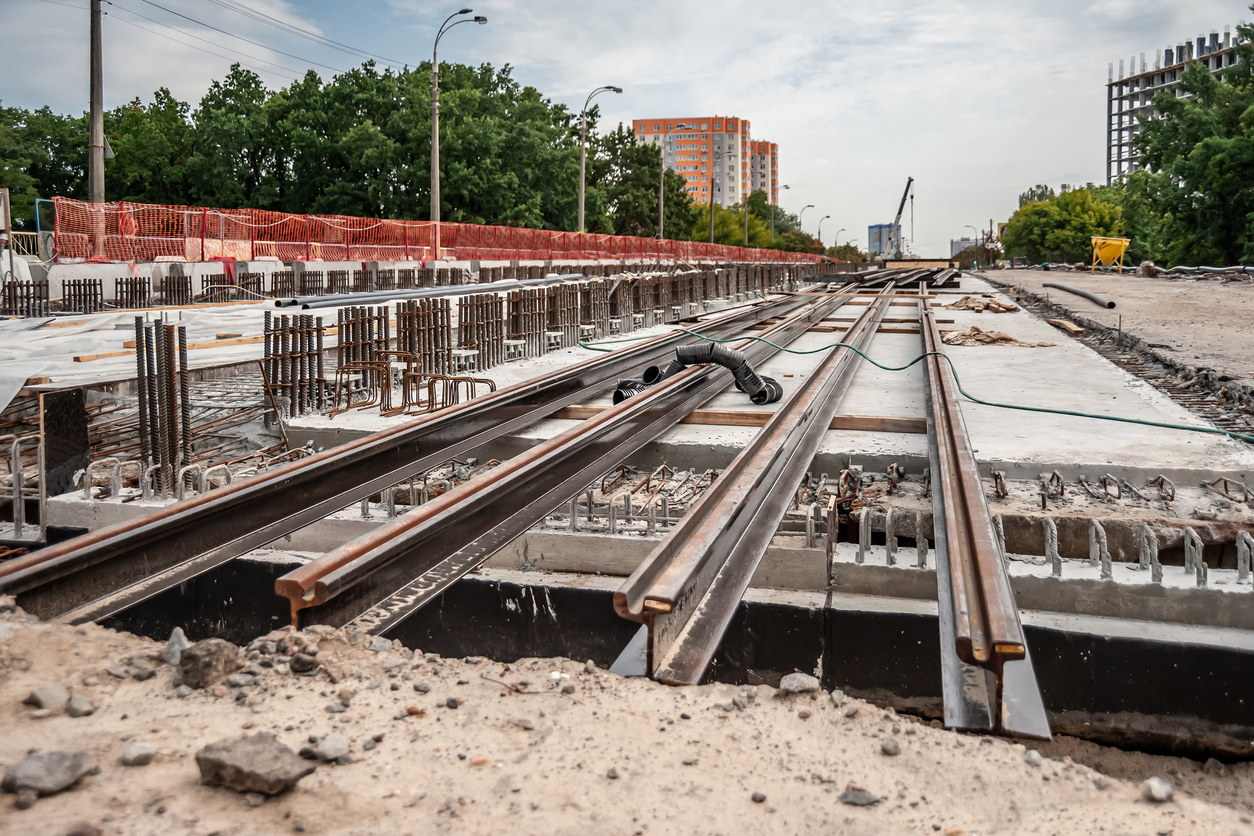Sound Transit leaders say light rail is more expensive but will cost you less

On July 8th, Sound Transit officials released yet another new estimate for how much they want taxpayers in the Sound Transit service area to pay annually for Sound Transit 3.
Instead of an annual cost of $203 per adult, Sound Transit officials say that ST3 will actually cost $169 per adult. The estimate changed largely because Sound Transit officials, while playing with statistics, decided to evaluate the regressive motor vehicle excise tax (MVET) in terms of the median ($5,333) rather than average value ($10,135) of cars within the taxing district. Using the median value, the MVET tax is reduced by $34.
These updated cost-per-household values are just a small part of many recommendations that the ST3 Expert Review Panel provided to the Board in a June 20th letter well worth reading.
It is concerning that Sound Transit casually releases numbers that best fit a narrative favorable to light rail (at any cost). This shuffling of numbers could be seen as a way for Sound Transit officials to sugar-coat the enormous regressive tax increase they want to impose. With Sound Transit’s history of broken promises and ever-changing project proposals, it is increasingly important for taxpayers to keep track of what Sound Transit officials claim versus what they actually do.
So let’s get this straight. In the last three months, Sound Transit officials have increased the cost of ST3 by $4 billion, but have promised to deliver it sooner, and now they claim it will be cheaper? This is like wanting a $20,000 Honda but a car dealer tells you, “Here’s a brand new Tesla that’s $60,000 but you’ll pay less each month!”
A completely logical response in this scenario might look like this:

Similarly, only Sound Transit could make light rail “more affordable” than cheaper, faster, and more flexible transit options for the Puget Sound.
Even more alarming is that the Board approved a massive tax increase on the November ballot without delivering an accurate cost estimate first. Sound Transit officials owe taxpayers greater transparency and accuracy. If they do not know how much cars are worth today, how can we trust their estimates for rail 25 years from now?
Therefore, Sound Transit’s “updates” are not good news. They are a problem for an agency that pays millions to maintain a pulse on public perception and pump out colorful marketing pieces to glamorize light rail, rather than offer the most appropriate and cost-effective transportation solutions for our region.
I would not be surprised if a couple weeks before ballots arrive on our doorsteps, Sound Transit officials suddenly announce that ST3 will magically cost a latte a day. Meanwhile, the overall $54 billion price tag remains unchanged.
Only in Sound Transit’s world of constant spinning does this make any sense.






